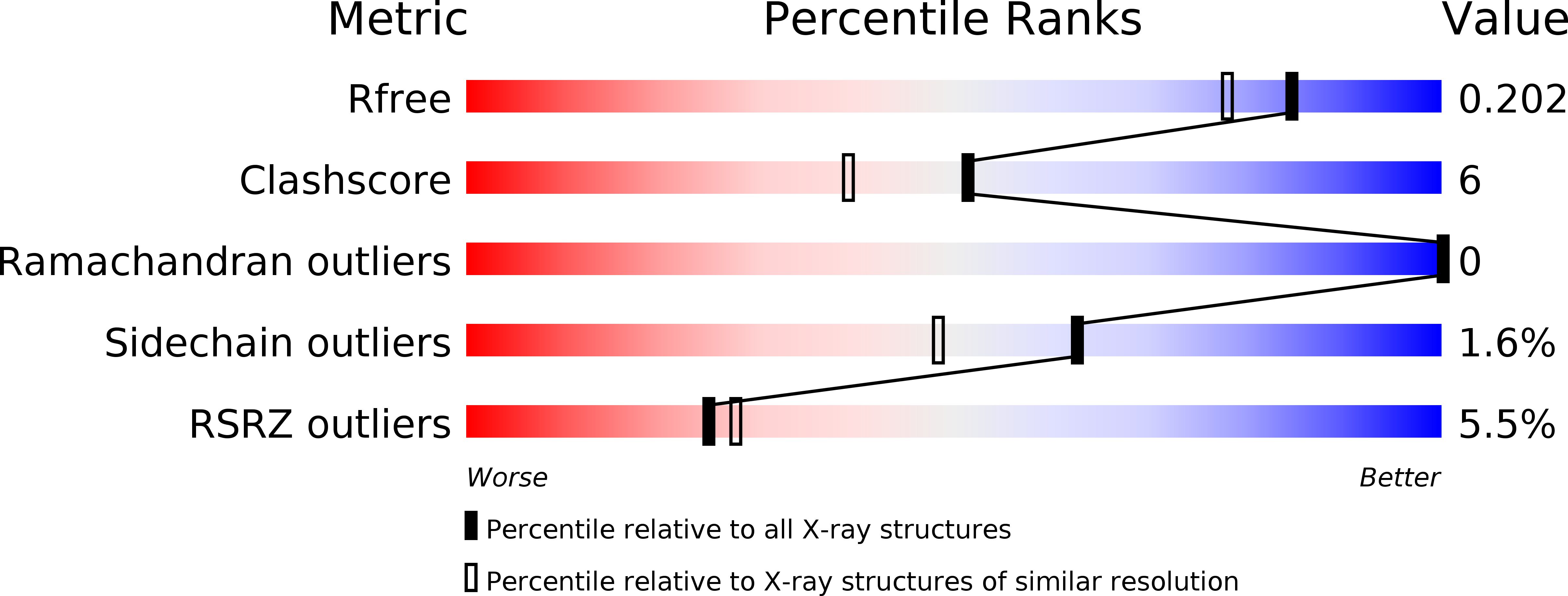
Deposition Date
2019-10-11
Release Date
2020-11-25
Last Version Date
2024-11-06
Entry Detail
PDB ID:
6T3Y
Keywords:
Title:
Improved High Resolution Structure of MHC Class II complex
Biological Source:
Source Organism:
Gallus gallus (Taxon ID: 9031)
Host Organism:
Method Details:
Experimental Method:
Resolution:
1.70 Å
R-Value Free:
0.20
R-Value Work:
0.17
R-Value Observed:
0.17
Space Group:
C 1 2 1


